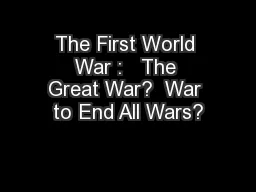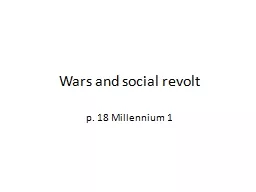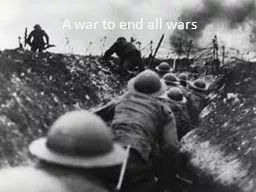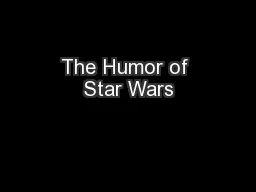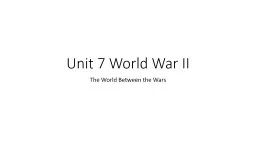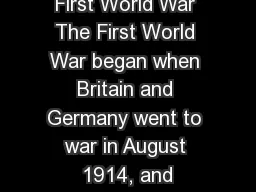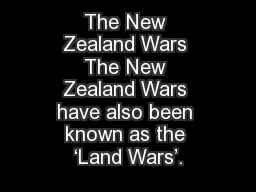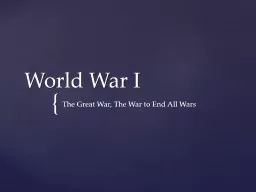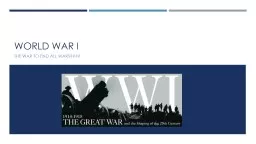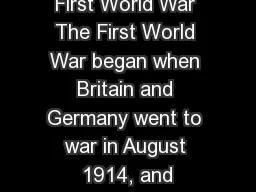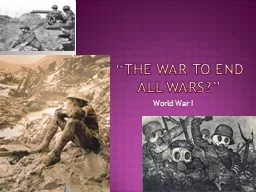PPT-The First World War : The Great War? War to End All Wars?
Author : sherrill-nordquist | Published Date : 2018-10-21
Chapters 2225 History Alive Ch 11 Americans History Alive Ch 22 From Neutrality to War p 283291 Was it in the national interest of the US to stay neutral
Presentation Embed Code
Download Presentation
Download Presentation The PPT/PDF document "The First World War : The Great War? ..." is the property of its rightful owner. Permission is granted to download and print the materials on this website for personal, non-commercial use only, and to display it on your personal computer provided you do not modify the materials and that you retain all copyright notices contained in the materials. By downloading content from our website, you accept the terms of this agreement.
The First World War : The Great War? War to End All Wars?: Transcript
Download Rules Of Document
"The First World War : The Great War? War to End All Wars?"The content belongs to its owner. You may download and print it for personal use, without modification, and keep all copyright notices. By downloading, you agree to these terms.
Related Documents

